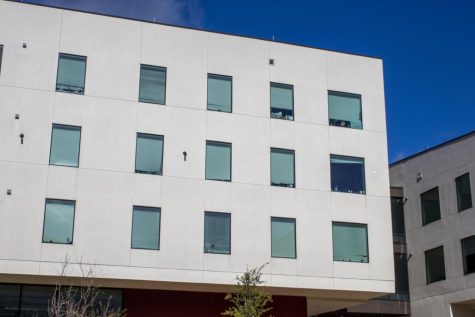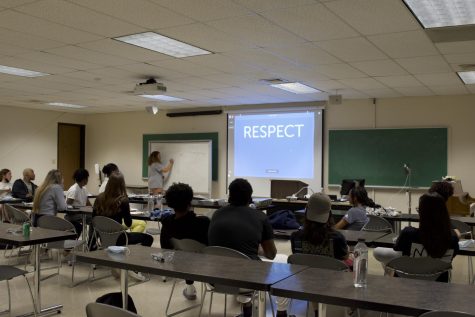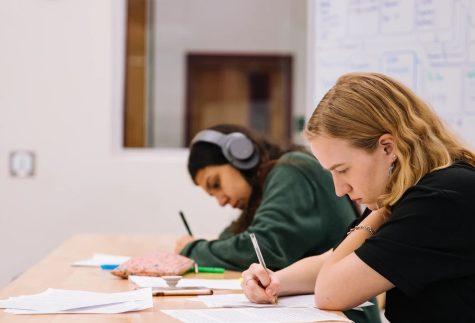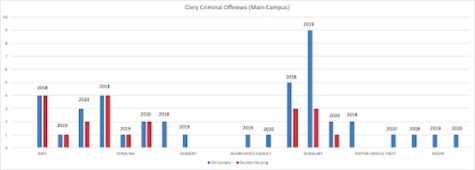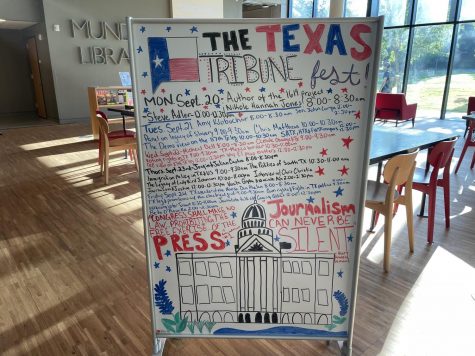Going green may cost students
Austin Energy has pledged to buy more alternative energy sources, which may raise student utility bills in the future.
The Austin City Council has committed to getting 30 percent of its electricity from renewable sources by 2020. Austin Energy believes 35 percent is an achievable goal. The Austin-owned energy company predicts an increase in energy bills in the coming years due to a plan to purchase alternative energy sources, like wind turbines, clean coal, nuclear energy and solar energy. The plan could raise energy bills nearly 22 percent or more by 2020.
Michael Peterson, the director of the physical plant at St. Edward’s University said that Austin Energy’s goal is to reduce carbon dioxide emissions from electrical generation by 2020. Options to meet City Council climate protection goals include 30 percent renewable generation, 100-200 megawatts of solar generation and 700-800 megawatts of energy conservation, Peterson said.
“The impact on all customers will be higher utility rates as we pay for wind turbine transmission lines, biomass [wood waste] generation, solar capital improvements and a potential rate hike,” Peterson said.
This could mean higher utility rates for the university, and possibly an increase in tuition and the cost of living in residence halls and apartments.
Many students already feel the burden of utility prices and find it hard to pay their current bills, much less a spike in energy costs.
But Peterson said that he sees positive aspects of the new policy. Peterson said that the clean energy being bought allows for a share of the Fayette Power Plant to be replaced with renewable nuclear power. The Fayette Power Plant is a coal-burning plant located outside La Grange, Texas and fuels much of Central Texas with power.Freshman Taylor Holden said she thinks the cost is worth it.
“We should invest the extra money it takes to introduce more wind and solar power,” Holden said. “Personally, I think that for future energy security, we need to diversify the energy sources our society is dependent upon. Investing in alternative energy resources can help minimize our dependency on foreign oil and reduce the chances of future federal administrations exploiting some of the natural resources we’re fortunate enough to have left.”
Senior Xavier Travino, who lives off-campus, is a proponent of clean energy but worries about the extra costs.
“Right now while I’m in school its hard with a part time paycheck to pay all my utilities and rent,” Travino said. “I’ve been having to borrow money from my parents to make ends meet. While I support the initiative for cleaner energy, any increase in the already high costs of everything is just going to make situations worse.”
Travino said higher utility costs also may affect his academic performance”I’m already working the most at my job because of my school schedule,” he said. “It would mean I would either have to get a second job at night or reduce the number of school hours to make room for more days of work.”
Peterson said clean energy is focused on production, and that St. Edward’s is focused on consumption and highly influenced by individual electrical waste.
“All of us need to be aware of electrical waste if we want to use less as a community,” he said. “Turning off unneeded lights, printing less paper, keeping doors and windows closed all contribute to our conservation efforts.”


